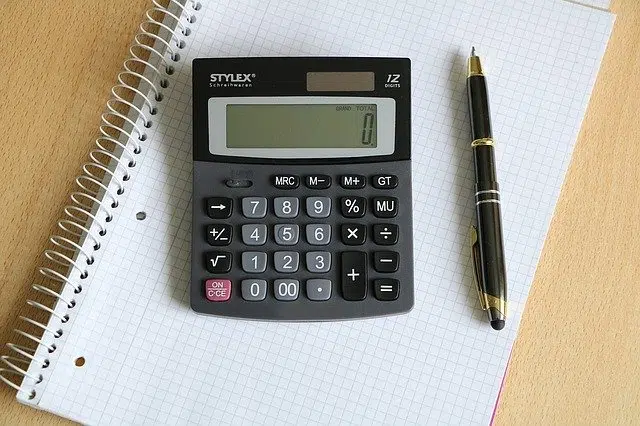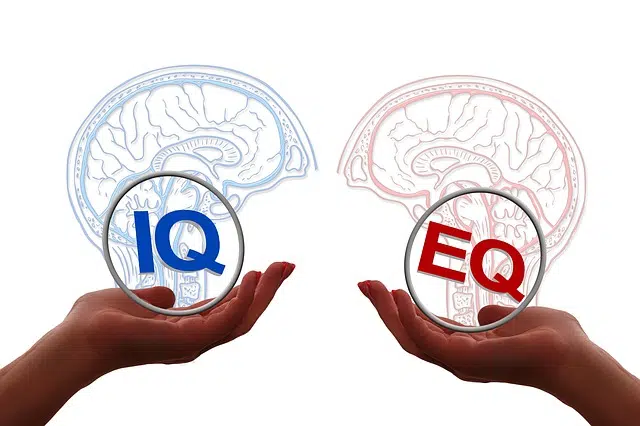
With a calculator it is easy to obtain the quotient of a division.
The concept of quotient , a term whose origin goes back to the Latin word quotiens (from quot , “how many” ), has two great applications. In the field of mathematics , the result obtained after dividing one number by another is known as a quotient. In this sense, the quotient serves to indicate how many times the divisor is contained in the dividend .
When dividing between 8 and 4, for example, the result is the number 2 ( 8 / 4 = 2 ). In this operation, 8 is the dividend, 4 is the divisor, and 2 is the quotient. By multiplying the divisor and the quotient, we obtain the dividend again ( 4 x 2 = 8 ), as long as the remainder is 0. If the remainder is not equal to 0, it will have to be added to the result of the multiplication between the divisor and the quotient to arrive at the dividend.
The IQ
The other meaning of the word quotient is linked to the intellectual quotient , also called IQ. This is a number that is calculated thanks to data collected from an intelligence test to measure a person's cognitive ability and compare it with other members of their age group.
The result of the intellectual quotient is abbreviated as CI or IQ , according to the acronym for intelligence quotient . The standard states that the average or normal IQ of an age group is 100. People who have a higher IQ (such as 110 or 112) are above average. On the other hand, if the result is less than 100 (96, 94), the individual is less intelligent than average, at least in terms of the quantifiable aspects of the test .
The person whose IQ is above 98% of the population is considered gifted and has a superior intelligence that exceeds normal parameters.

IQ is a measurement of an individual's cognitive abilities.
The concept of the autism spectrum
In 2001, the Cambridge Center for Autism Research published, led by Simon Baron-Cohen, a questionnaire of 50 questions whose function is to know to what degree a person with an intelligence considered normal manifests the traits typically associated with autism. autism . It was popularized by the well-known magazine Wired and is often used to self-diagnose Asperger's syndrome, although this was not the purpose of its creation.
The questionnaire questions, which are more like statements, present the following possible answers: "Total agreement", "Partial agreement", "Partial disagreement" and "Total disagreement". An example of the test for adults is the sentence "I often perceive slight sounds that others do not appreciate." Topics are divided into social skills, communication, imagination, attention to detail and tolerance for change. Each autistic type choice adds one point to the total.
Despite the self-assessment nature of the different versions of the questionnaire, given that anyone can access them and check the results with the help of the instructions, also public, its creators recommend consulting a professional in case of high scores . Clearly the purpose of the test is to guide and not to diagnose.
The University of Cambridge used the questionnaire to try to find any relationship between maths and science ability and autism. To do this, he evaluated a group of winners of the British Mathematical Olympiad, and obtained an average of 24, a considerably high value. There were even participants who scored 32 or higher, and some of them turned out to have Asperger's traits; However, due to the lack of anxiety, an outstanding characteristic of those who suffer from said syndrome, they were not formally diagnosed.
